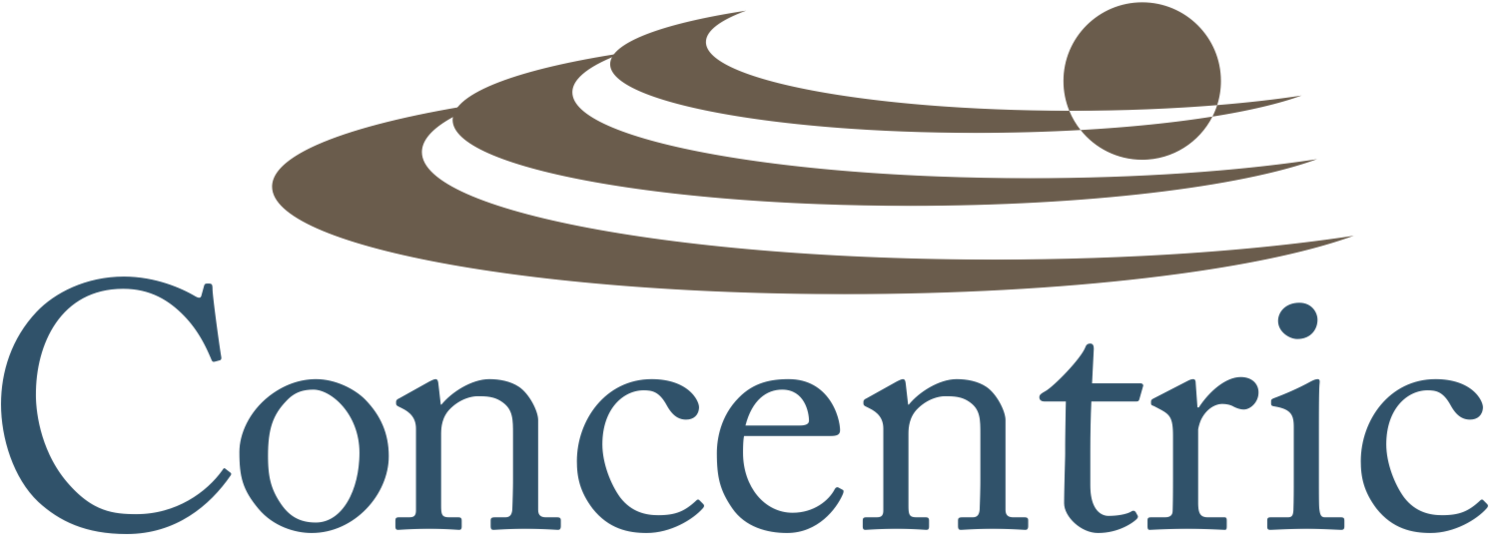ISO 14001: Morphing Towards Quality
The new ISO 14001 version is currently in a draft form and voyaging through the standard approval process. This Standard provides the criteria needed to establish an Environmental Management System (EMS). Reports are in conveying that the Standard will be rolled out in 2015, and there are many changes in store for the Standard, and for those that apply the criteria to their business processes. As observed in the 2004 version, we are seeing a general movement towards the elements in the ISO 9001 quality systems Standard. There are even reflections of the Baldrige Criteria for Performance Excellence in this new version. I believe this is a wonderful improvement, as a company’s ‘big picture’ viewpoint is needed to put things into their proper macro perspectives. A major change in the structure of the ISO Standard will occur, as all new ISO standards will follow the Annex SL (Guide 83) elements approach. The design of this new structure involves the institution of 10 elements within all new ISO standards. There will also exist sub-elements to many of the 10 elements. This could (and probably will) require a restructuring of an organization’s ISO 14001 architecture to accommodate the new element numbering scheme.
Strategy
It is expected that there will be more of an emphasis on aligning business strategies (strategic planning and deployment) with deployment of the Standard’s elements. This move should properly align an organization’s environmental policy with their business strategy (a very good thing!). Additionally, there will be even more of a focus on the business environment that a company operates in as relates to an organization’s environmental aspects and impacts. This change will require a greater emphasis on the prevention of pollution and continual improvement.
Value Chain
Ensuring process steps add value to the internal and external customers is paramount in any organization. The new version will include a lifecycle perspective to ensure all phases of the products’ and/or services’ ‘life’ are being considered. Value-added activities will include: design, development, purchasing, marketing, sales, etc. By considering these additional inputs, the perspectives of stakeholders will have an increased emphasis in ISO 14001 program improvement.
Legal and Other Requirements
An ‘approach’ methodology, similar to the expectations seen in the Baldrige Criteria, will be prevalent in the new standard. This means the organization will describe their systematic process for achieving legal compliance. Also, an increased emphasis will be placed on compliance reporting, transparency, and accountability.
Objectives, Targets, and Programs
Continuous improvement programs will also be aligned with the company strategy, and SMART goals should be used (Specific-Measureable-Attainable-Relevant-Time-bound) to execute the strategy. Along with current considerations, the new Standard will factor in the following for the selection and prioritization of continuous improvement programs: risk analysis, sustainability, climate change, biodiversity, ecosystem restoration, etc.
Communication
We’ll skip this; it’s not THAT important. Just kidding! Communication (or the lack thereof) is typically the number one complaint from workers at any organization. The new Standard will require the organization to develop a communication strategy that addresses communications with all stakeholders and external parties. This includes identifying the needs and expectations of these stakeholder groups. Also, in line with the Baldrige Criteria, a systematic process will be needed to engage stakeholders (as applies to environmental issues).
Pause -- Okay, the term ‘will’ has been used quite a bit so far and the new version hasn’t even been released, so, things may still change regarding these new requirements. (Stay tuned.)
Operational Control
Many new factors have been introduced in this area. We’ll restate (and reemphasize) value chain and lifecycle thinking here. Also, the upstream and downstream processes will be addressed, along with the organization’s approach to design, marketing, and procurement.
Monitoring and Measurement
Finally! An increased importance will be placed on the use of performance measures (KPIs/PIs, metrics, performance measurement)! As I always say (along with many others), “What gets measured gets managed, and what gets managed gets done!” When organizations put measurement as a top priority, accountability and efficiency increases, process deficiencies are identified, and the right things get corrected – those with the greatest impact on profitability and long-term sustainability.
The final rollout of ISO 14001:2015 is almost here so get ready! As a result of the international meeting that took place in Panama over the 2014 Memorial Day weekend, a Draft International Standard is going to be released by the Technical Committee (TC) 207 for public review and comment this coming Fall 2014. The next international meeting is scheduled for February 2015 in Tokyo, and as an outcome of that meeting TC 207 is expecting to issue a Final Draft ISO 14001 International Standard, with the new International Standard currently scheduled for issuance in June/July 2015. So, that’s the update.
Unofficially, it is anticipated that the timeline for transitioning from ISO 14001:2004 to the new version will be three years. This duration should allow organizations adequate time to align with the new ‘High Level Structure’ (Annex SL, 10 elements) and the resulting new requirements.
Does your organization follow the ISO 14001:2004 standards? How are you preparing for the changes? What areas are your still looking for help with? Leave us a comment and let’s all share our experiences with the changes so that we can learn from each other. We might even feature your questions in our upcoming FREE ISO 9001:2015 Changes seminar on September 19th. Register here.

